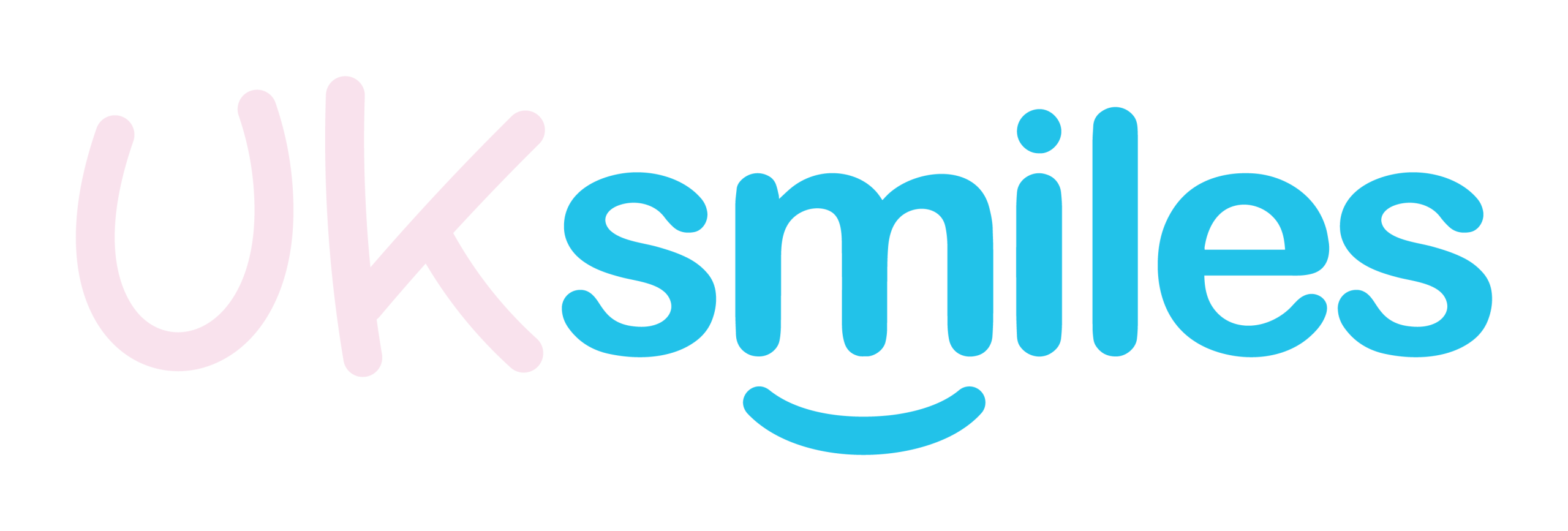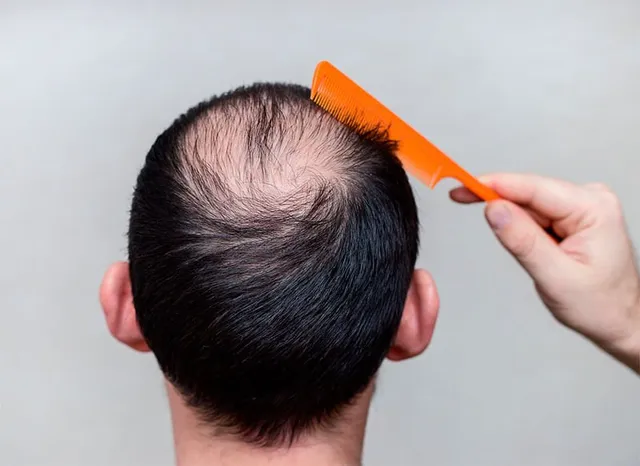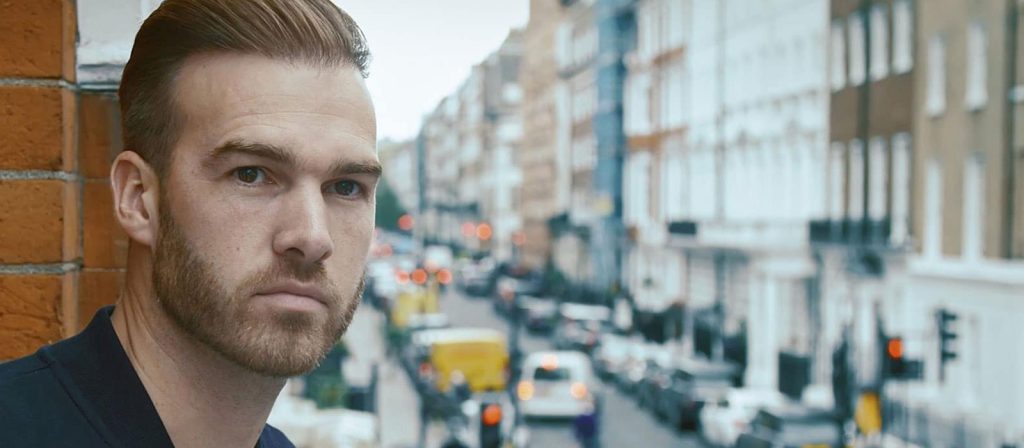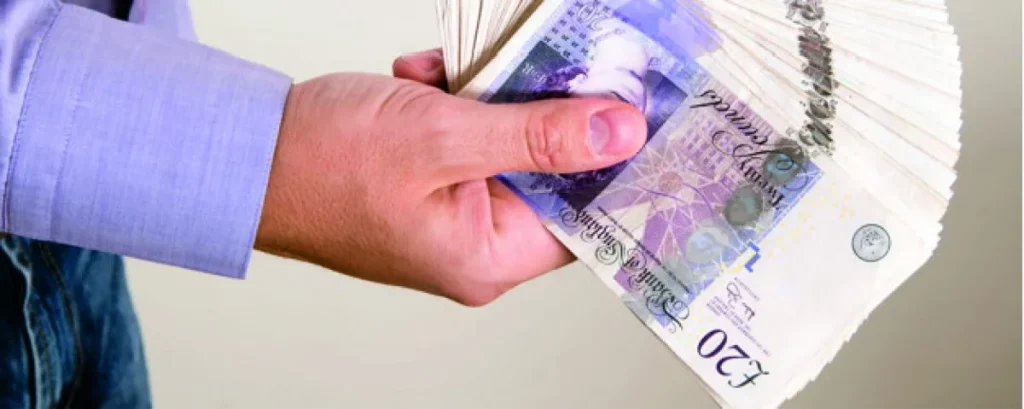Do hair transplants work on the crown?
As we age, our hairline recedes and the crown of our head becomes more noticeable. Some people choose to shave their heads bald, while others are less willing to do so. Luckily, there is a way to make your hair look fuller without too much hassle.
Many people wonder if this procedure will work for them because they have very little hair at all on their crown area. So do hair transplants work on the crown?
In comparison to frontal hair transplants, crown hair transplants often require significantly more hair. This is due to the angle at which the crown is viewed. Hair transplantation can be work on the crown area if there are sufficient donor hairs available.
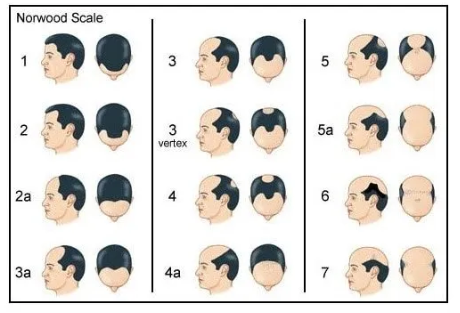
Crown hair transplants differ slightly as they work by taking hair from the back of one’s head and transplanting it onto the top in areas that need more coverage. This can be done on just about any part of your scalp where you have lost or thinned out some hair over time.
The crown is a complex region for a hair transplant surgeon. The skilled doctor understands that increasing density in the crown area frequently results in a circle of bald skin surrounding permanently transplanted hair.
Given that each hair transplant patient will have a finite quantity of donor’s hair (and that the balding process will continue for an extended length of time), the patient must explain their preferences for which hair to plant where. Each patient will have a different perspective on this topic. Additionally, their priorities may change as they mature.
Numerous aspects, including the shape of the face, the hair texture, the desired density, and anticipated future hair loss, must be carefully considered by the patient and the doctor at UK Smiles.
The usual guideline is that men in their twenties and thirties should avoid hair transplants on their crowns. This is because they are likely to continue losing hair, and you should always wait until a man’s hair loss pattern is established before performing crown transplantation.
Challenges associated with the crown area
The crown area can have some complications due to the swirling vortex of hair in different directions commonly seen on the crown. The size of the crown can also create a high demand for donor’s hair, meaning more grafts. If someone wants to get a full head hair transplant, then significant donor hairs will need to be available and not used up by the crown. This may lead to multiple sessions being needed to complete the procedure.
How to determine whether your crown hair is thinning
You may notice that your hair is beginning to thin at the crown as a result of male pattern baldness. This is because oestrogen (DHT) specifically targets the hairs on the front and top of your head, as well as the crown.
This is illustrated in the following Norwood Scale for male pattern baldness:
